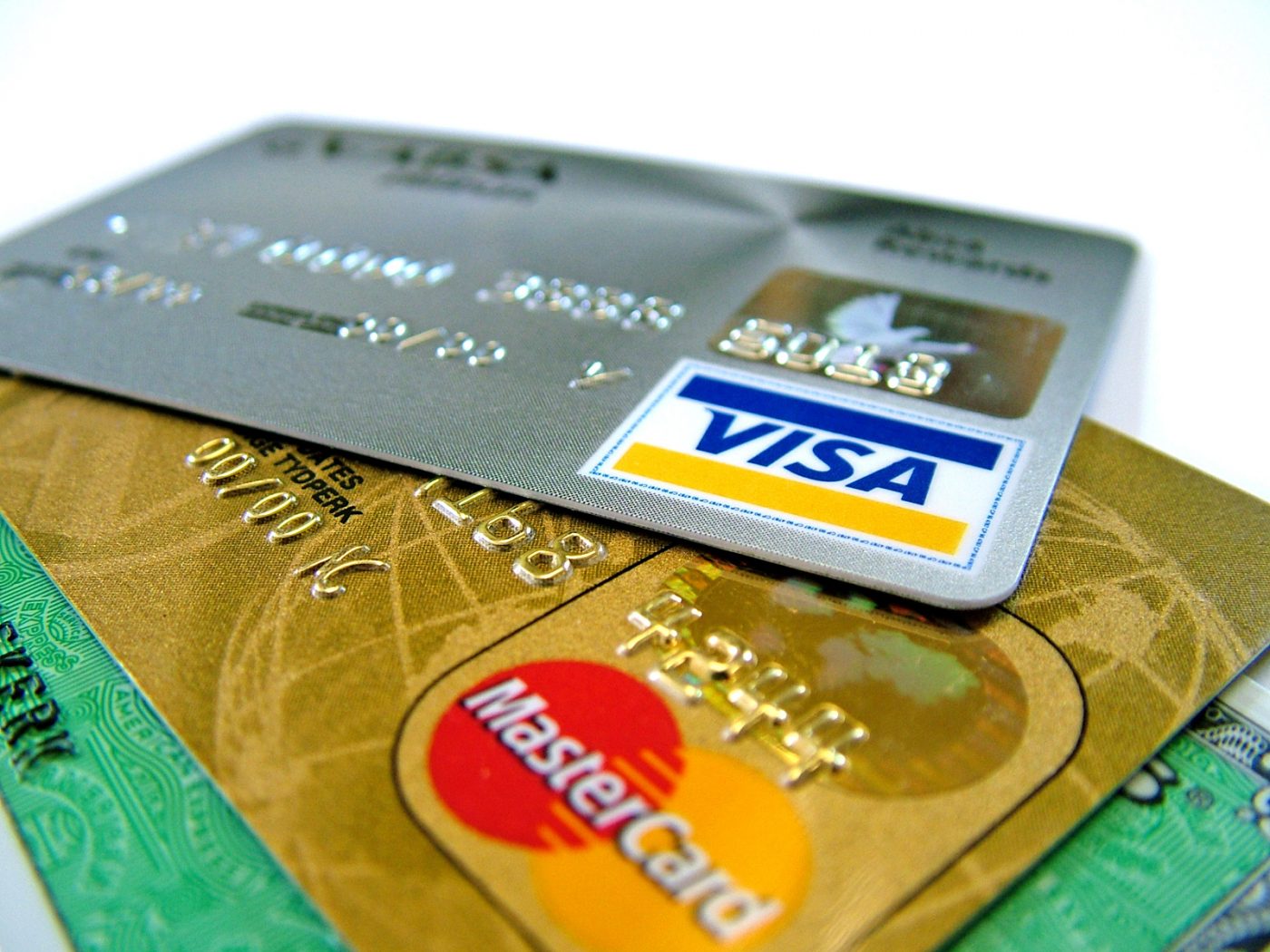[dropcap]E[/dropcap]MV chip credit cards are quite popularly used in most of the world. Countries like the United States have recently introduced the use of EMV chip cards for its citizens. Back in time most of the cardholders used magnetic stripe cards which were later replaced by EMV chip cards. This transition in the technology of credit cards is termed as ‘liability shift’.
The future of banking and economics is shifting to electronic payments. Banks, financial institution merchants, sellers, IT companies, and payment processors work regularly to develop new technologies and techniques that would enhance the safety quotient of electronic payments. The chip or EMV technology is a part of this technological evolution that is developed to contribute to the shifting gravity towards electronic payments.
Very often people apply for a credit card but unaware of the type of card they will receive, which hardly seems to bother. However, to make sure you are safe against scams and vicious malpractices one should be aware of the type of card they have. In this blog, we will decode magnetic stripe and chip credit cards and will compare them on the basis of various factors to reach the ultimate conclusion: which is the right choice for you?
Magnetic Strip Credit Cards
Magnetic stripe cards were widely used as credit cards in various parts of the world before being replaced by EMV chip credit cards. Magnetic recording was invented back in the 1900s in Denmark for recording music. Later in the year, 1950 the magnetic recording of digital data began on plastic tapes that were coated with iron oxide. In 1960, the Big Blue IBM used the idea of magnetic tapes to create a reliable method of attaching magnetic strips to the card which was allotted to them as a US government security program.
The major development of the plastic credit containing magnetic stripe began in the year 1969 at the IBM office. It approximately took two years for the engineers of IBM to develop a hot stamping technique that would stamp a magnetic stripe on the back of a credit card. This engineering marvel transformed the way people would make transactions in the coming years.
The mechanism through which both types of transactions take place is quite different from each other. A magnetic strip transaction begins with a quick swipe of the card through a specialized card reader. The inbuilt payment terminal software then sends a unique one-time authentication request to the units in the chain of payment. The three units that fall in the process of magnetic stripe payment processing are the acquirer that receives the authentication request and passes it on to the payment processor i.e. the second unit. The payment processor is responsible for analytically analyzing and processing the authentication request which in the next step is passed on to the issuing bank’s server.
This technology is based on analog systems and hence is fairly easy for hackers to crack and manipulate. Although it is hidden from the naked eye the magnetic strip on the credit cards contains highly sensitive bits and pieces of information that are necessary for processing payments. There have been numerous incidents when hackers have developed techniques to gather this sensitive information with the aim of creating counterfeit cards that are used for fraudulent transactions.
In order to resolve this issue, EMV chip credit cards were introduced by credit card companies that were designed and developed to prevent fraudulent transactions.
EMV Chip Credit Cards
EMV stands for Europay, MasterCard, and a visa that denotes the three organizations that contributed to the invention and development of a new payment technique that was called the future of electronic payments. The technique was originally invented in the year 1996 in order to combat losses related to mounting that was concerned with the use of fake and stolen credit cards.
EMV chips credit cards were formally launched in the year 1998 followed by which they adopted and used by entire Europe, Canada, and Asia. EMV chip equipped credit cards or ATM Cards have proven to be quite effective against combatting card related frauds.
As mentioned earlier both EMV chip and magnetic stripe transactions are different from each other. In the case of an EMV chip transaction, the biggest difference is that instead of a quick swipe the card needs to remain in the card payment terminal throughout the course of the transaction. The payment terminal sends an authentication signal to the units enclosed in the payment chain. The units are the same as magnetic stripe cards i.e. acquirer, payment processor, and the issuing bank’s server. The card will authorize and authenticate after which the payment terminal requests authorization followed by a response, now at this point in the transaction the cardholder is allowed to pull the card out of the payment terminal.
In a Nutshell
Both EMV chip credit cards and magnetic stripe credit cards are designed to function dynamically and therefore network connection is vital for transactions to be processed. Whatever type of card you are using make sure you indulge in safe transactions to avoid any losses.







